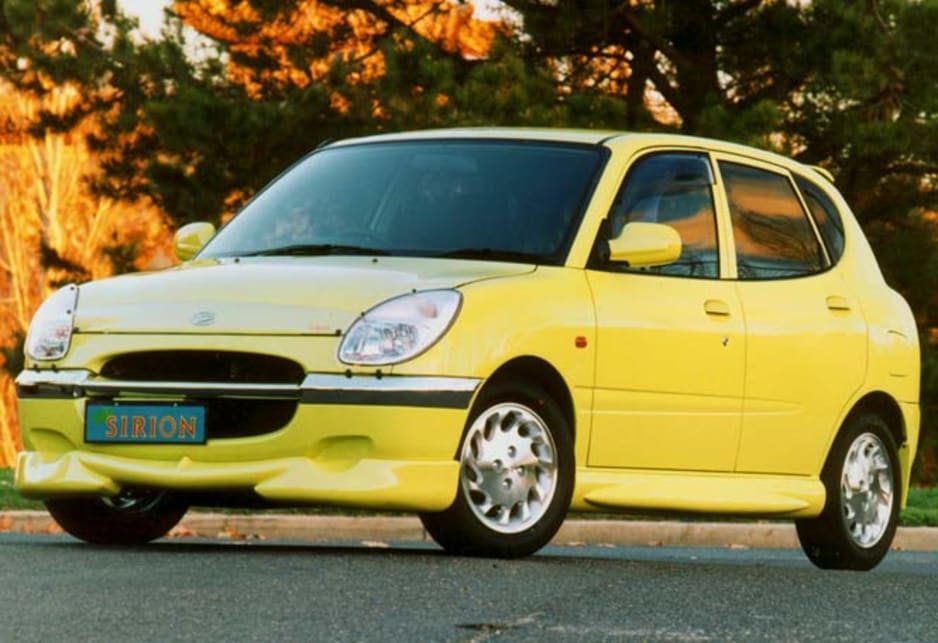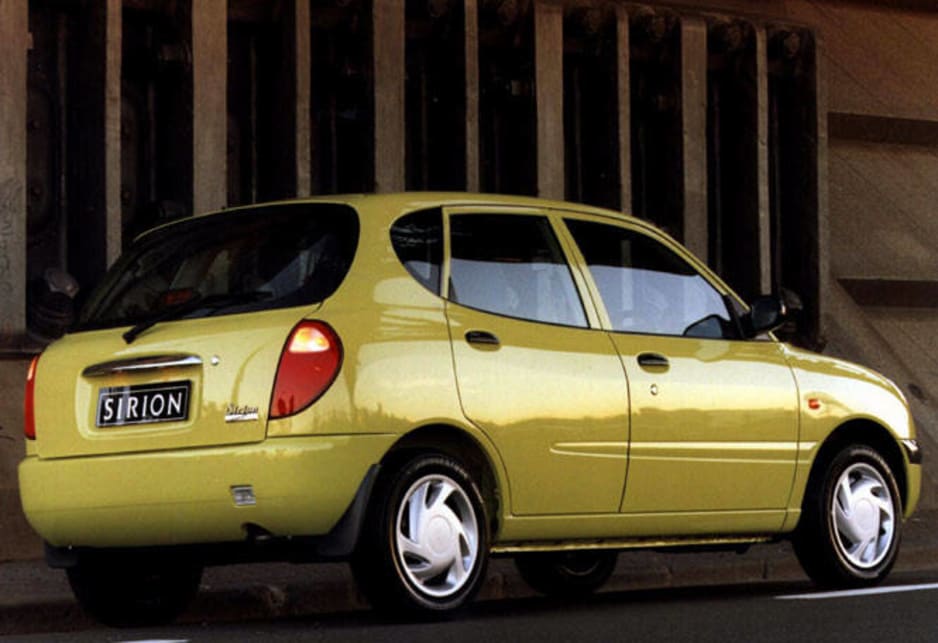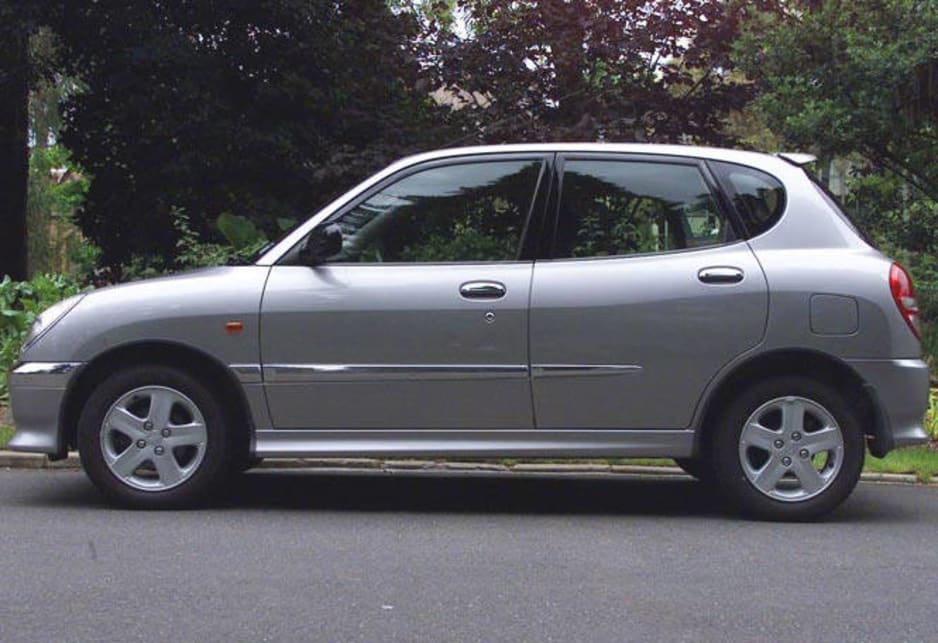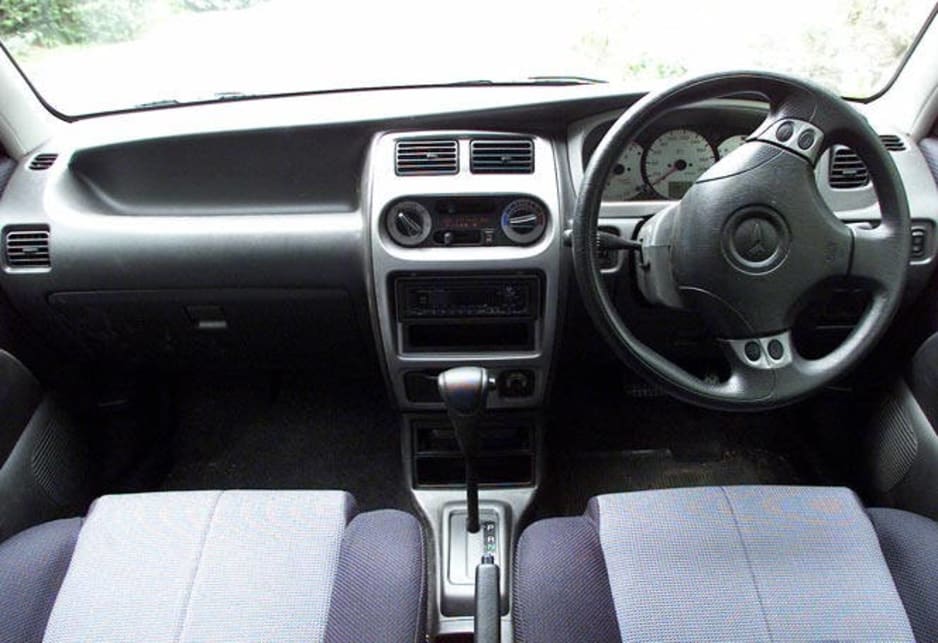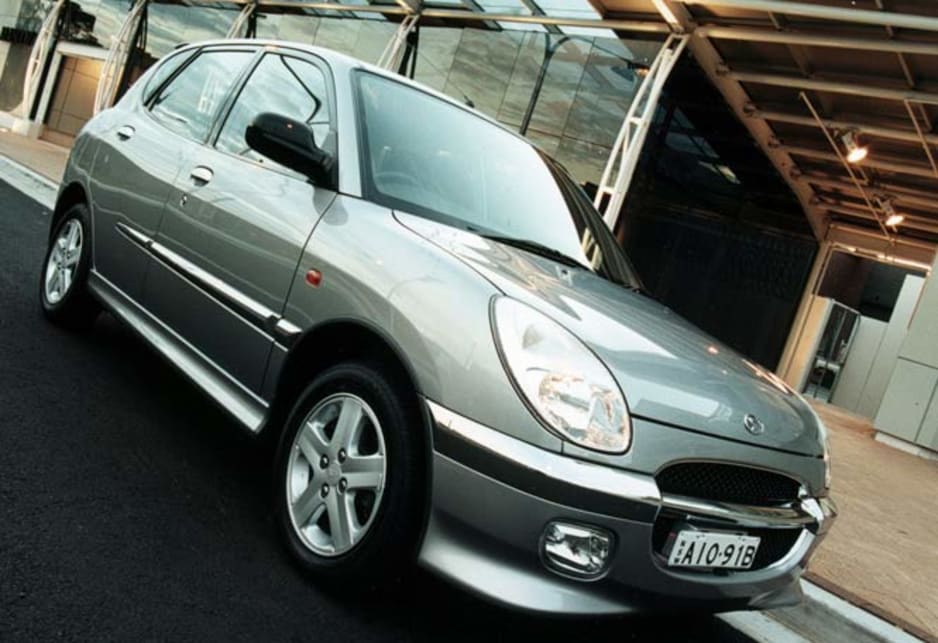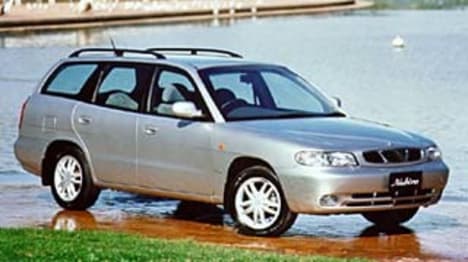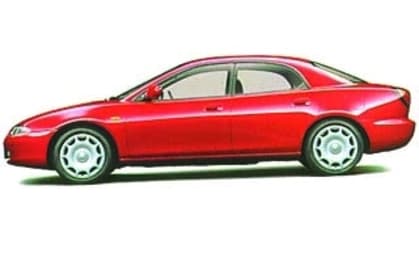
Used Daewoo Nubira review: 1997-2003
- Daewoo Nubira
- Daewoo Nubira 1997
- Daewoo Nubira 1998
- Daewoo Nubira 1999
- Daewoo Nubira 2000
- Daewoo Nubira 2001
- Daewoo Nubira 2002
- Daewoo Nubira 2003
- Daewoo Nubira Reviews
- Daewoo Reviews
- Daewoo Sedan Range
- Daewoo Hatchback Range
- Sedan
- Hatchback
- Daewoo
- Used Car Reviews
- Buying tips
Daewoo is a dirty name in the local car business, unfairly perhaps. The company came in the wake of Hyundai, when Korean cars were cheap and cheerful, little more than disposable white goods, and it vanished just as quickly amid the meltdown of the Korean economy.
The brand no longer exists here in its own right, but it remains on our roads in the form of the Holden Barina, Viva, Epica and Captiva. Daewoo makes them all in Korea.
Ask anyone their opinion of Daewoo and they’ll probably laugh, but many of those same people are likely to be driving Holden-badged Daewoos without realizing it.
MODEL WATCH
Daewoo began making cars already superseded by Opel. Under license from the European carmaker they made versions of the Commodore, but it was Daewoo’s version of the Opel Kadett that first brought it to the attention of local car buyers.
Although it was designed by Opel and looked like an Opel, the Korea-built Daewoo 1.5i wasn’t much like an Opel. It was plain and simple, and lacked much of the refinement of its European cousin.
Here, it hit the market with a low, driveaway price that was mostly attractive to buyers who would otherwise have bought a used car. It wasn’t a bad deal if all you could afford was a rusty old clunker that was well past its prime.
But like other Korean brands Daewoo wasn’t prepared to be cheap-and-cheerful forever, it had ambitions beyond the bottom end of the market, and subsequent models, like the Nubira, reflected these ambitions.
The Nubira arrived in 1997 and was a huge improvement over the cars that went before it.
It was a small car similar in size to a Corolla, Laser, 323 or Civic, and there were sedan, wagon and hatchback variants.
It was pleasantly plump with generous curves and full proportions. Its looks were nothing to write home about, but equally there was nothing about it that offended the eye.
Inside, it had room for four in comfort, but five could be squeezed in at a pinch.
There was adequate head and leg room front and rear, the driver could find a comfortable driving position and had controls that were sensible, logically laid out and fell within reach, while the instruments were clear and easily read.
Oddly for an Asian car the turn signals were mounted on the left of the column in the European style, a sign of the company’s Opel connections.
The Nubira was a conventional front-wheel drive car. Initially it had a 1.6-litre double overhead camshaft four-cylinder engine that gave 78 kW and 145 Nm, but that was joined by a Holden-made 2.0-litre engine in 1998 and that delivered 98 kW and 185 Nm.
Its performance with either engine was nothing startling, although the extra torque of the larger engine made it a more pleasant drive.
Buyers could choose from a five-speed manual and a four-speed auto. Again they were adequate, although the manual gearshift was vague and sloppy.
At the launch the range was limited to the SX sedan and wagon, but this expanded in 1998 when the SE and CDX joined in.
The SX was quite well equipped for its class with standard cloth trim, CD player, central locking, power mirrors and windows, fog lamps.
Air was added to the list in 1988, the same year the SE and CDX arrived.
The SE boasted air, power front windows, CD player, cloth trim and central locking, while the range-topping CDX also featured alloy wheels, power windows front and rear, power mirrors and a rear spoiler.
An update in 1999 brought the Series II, which included a driver’s airbag and an adjustable steering wheel.
IN THE SHOP
The Nubira is generally robust and reliable, although perhaps not up to the class leaders like the Corolla, Mazda 323 and other Japanese models.
Body squeaks and rattles are fairly common, and the plastic interior components are prone to cracking and breaking.
It’s important to ask for a service record as many owners of these cars tended to ignore the need for servicing. Services could be completely ignored, or they could have been done on the cheap by backyarders to save a few bucks.
Missing oil changes can lead to a build-up of sludge in the engine, which can result in premature wear in areas like the camshaft.
It’s also important to change the cam-timing belt as recommended, as they are known to break, sometimes before the 90,000 km change point. If you can’t find evidence it has been changed, consider doing it as a precaution.
Even though they’ve gone from the market parts are still available for Daewoo models. Many original Daewoo dealers are still taking care of them, and Holden was keen to make sure owners weren’t let down when they absorbed the brand into their portfolio.
IN A CRASH
Airbags are the number one safety feature to look for in a car, and the Nubira didn’t get one until 1999 when they were fitted with a driver’s airbag. This makes the post-1999 models the ones to choose, particularly if it’s going to be driven by a young driver.
AT THE PUMP
Expect to get 8-9 L/100 km, which is around the average for a car of this size.
LOOK FOR
• modest performance
• good economy
• service record
• airbags after 1999
• poor resale
THE BOTTOM LINE
• Solid, reliable, affordable, the Nubira’s not a bad buy if you’re not worried about the badge.
RATING
65/100
Pricing
| Year | Price From | Price To |
|---|---|---|
| 2003 | $2,310 | $4,070 |
| 2002 | $2,310 | $4,070 |
| 2001 | $2,090 | $4,070 |
| 2000 | $1,980 | $4,070 |
| 1999 | $1,980 | $4,070 |
| 1998 | $1,980 | $3,630 |
| 1997 | $1,980 | $3,300 |
Pricing guides
Range and Specs
| Vehicle | Specs | Price* | |
|---|---|---|---|
| SX | 1.6L, ULP, 4 SP AUTO | $2,090 – 3,300 | 1997 Daewoo Nubira 1997 SX Pricing and Specs |
| SX Eurowagon | 1.6L, ULP, 4 SP AUTO | $2,090 – 3,300 | 1997 Daewoo Nubira 1997 SX Eurowagon Pricing and Specs |
Other cars to consider
$2,090
Lowest price, based on third party pricing data


